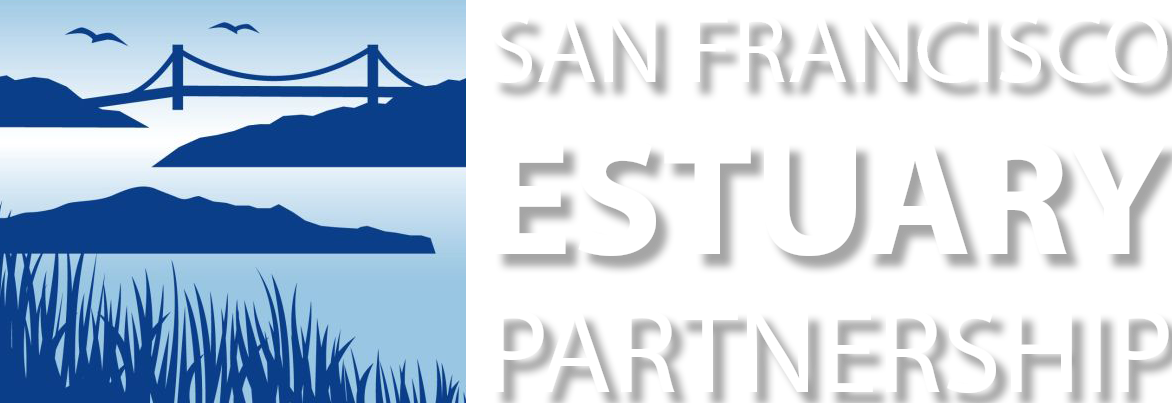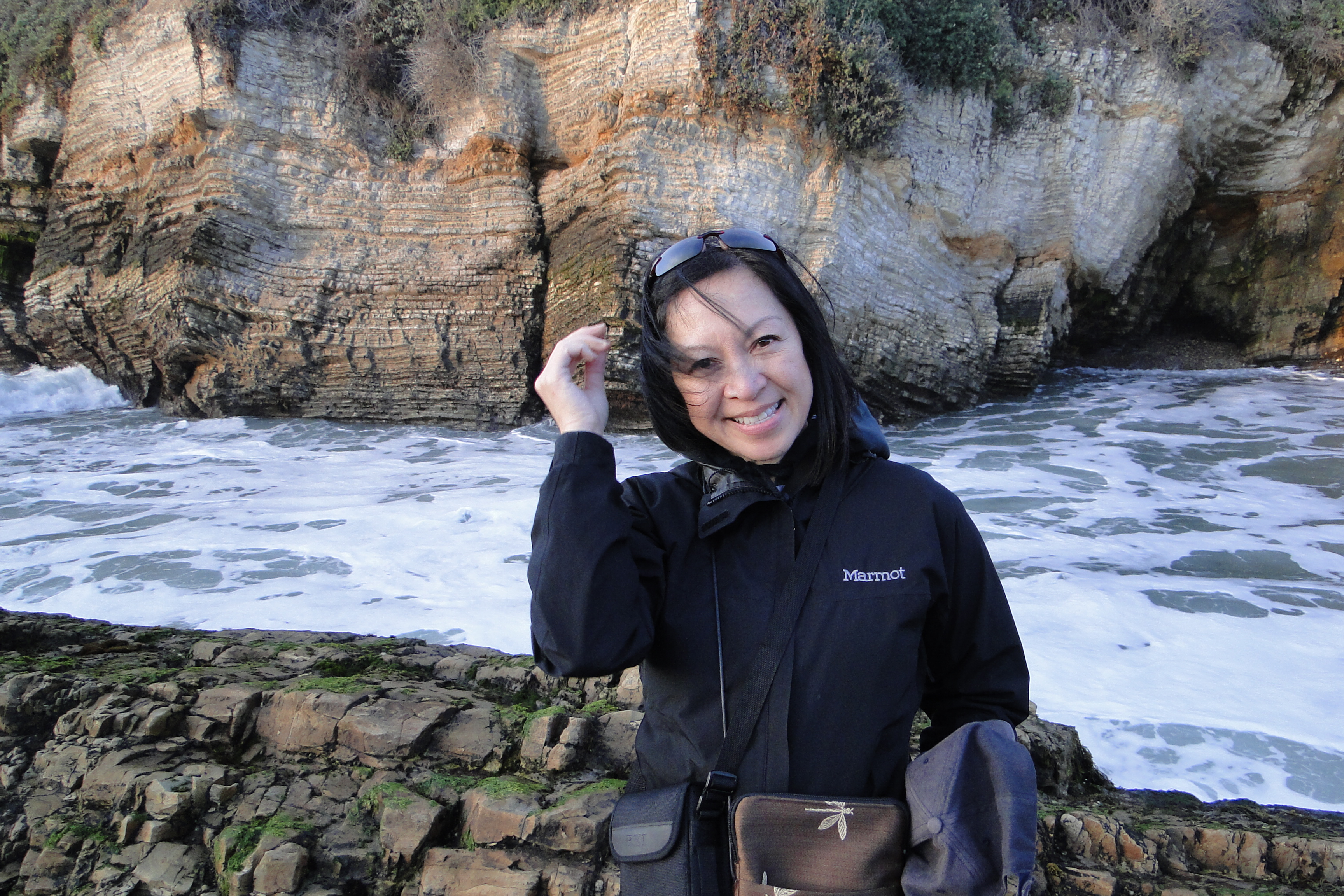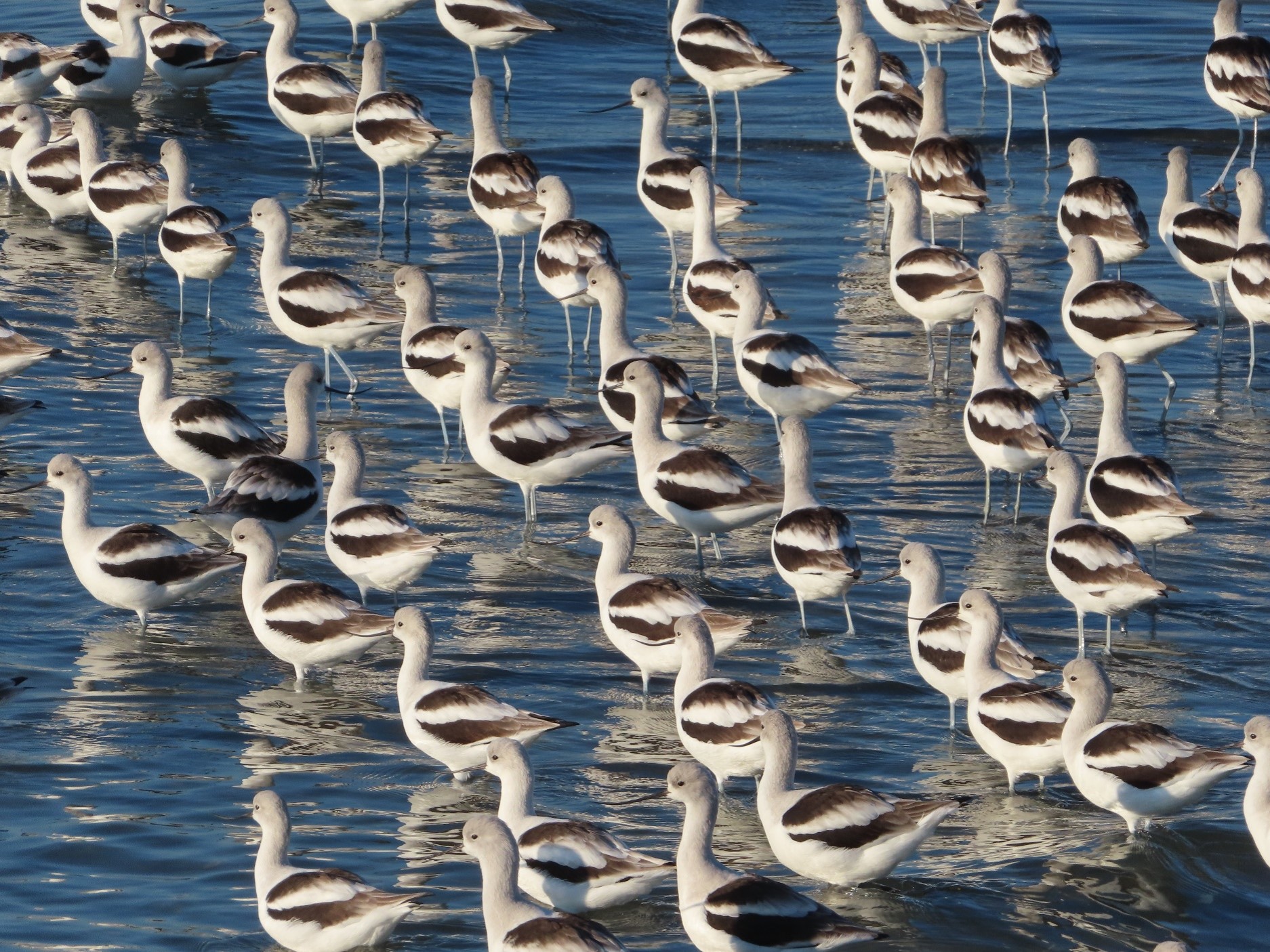While Tatayon, who was installed as Chair of the Delta Stewardship Council in January, sees good communication efforts on the part of council scientists and staff, not everyone on the receiving end gets their drift. “What I’m learning from some council members and others is that they don’t understand the connection between the science being done and the policies they want to make.” Tatayon assumes her new position after a career that includes stints at The Nature Conservancy, the U.S. Bureau of Reclamation and the Department of Water Resources. It was at DWR as a young staffer in the Department of Planning that Tatayon discovered her interest in environmental protection: “I was assigned to read impassioned letters about saving Mono Lake,” she recalls, and soon became “the Mono Lake specialist” in the office. “That was my eye-opener. I realized I wanted to devote my life to figuring out how to conserve nature while continuing to supply water for other uses.” Tatayon’s priorities at the Council include completing the ecosystem amendment to Chapter 4 of the Delta Plan. “I’m looking forward to this amendment really capturing a different way of incorporating the ecosystem into water and land management,” she says. She hopes that the chapter will be complete by the fall, which is also when a critical report for another priority, the required five-year review of the entire Delta Plan, is anticipated. She believes the report will help the Council take stock of whether the elements of the Plan are actually moving the state toward co-equal ecosystem protection and water system reliability goals. She is also looking forward to the results of the climate change vulnerability assessment that the Council is doing in collaboration with the Bay Conservation and Development’s Adapting to Rising Tides program. Looking ahead, Tatayon says she is very heartened by the pace of positive, landscape-level change in the Delta. “More ecosystem restoration programs have received the permits that they need or have broken ground in the past year than in the previous ten.”









 The results are alarming for our state’s future: an estimated four to five feet of sea level rise and loss of one to two-thirds of Southern California beaches by 2100, a 50 percent increase in wildfires over 25,000 acres, stronger and longer heat waves, and infrastructure like airports, wastewater treatment plants, rail and roadways increasingly likely to suffer flooding.
The results are alarming for our state’s future: an estimated four to five feet of sea level rise and loss of one to two-thirds of Southern California beaches by 2100, a 50 percent increase in wildfires over 25,000 acres, stronger and longer heat waves, and infrastructure like airports, wastewater treatment plants, rail and roadways increasingly likely to suffer flooding.